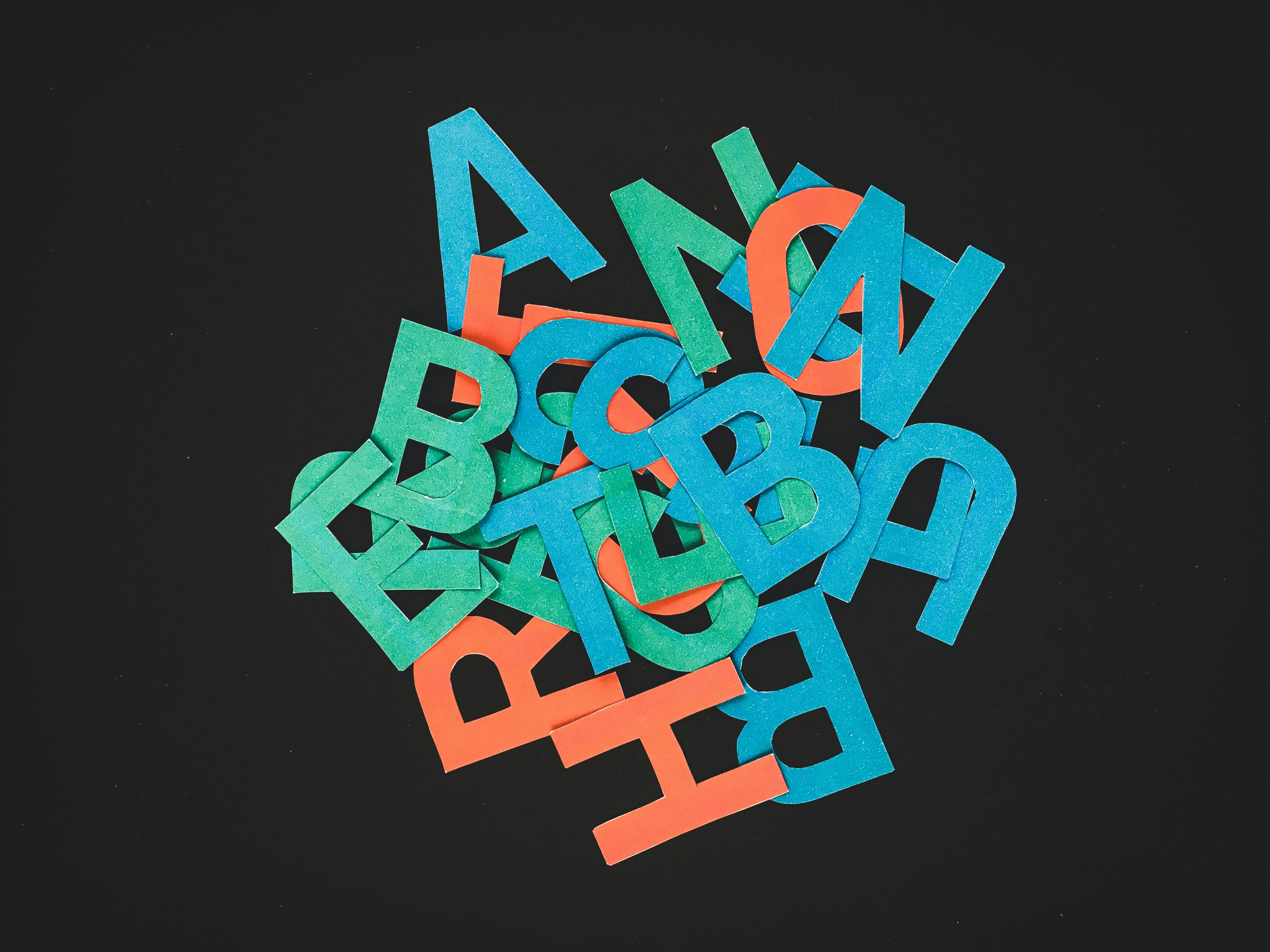Neurodiversity is the idea that people experience and interact with the world around them in many different ways, due to the natural variation in the human brain. Neurodivergent refers to a person with a brain that functions differently from most of the population. It includes, but is not limited to, those with autism, ADHD, dyslexia and dyspraxia.
15-20% of people are believed to be neurodivergent.
So, how can you, as an educator, support neurodiverse learners in your classroom?
Create an Inclusive Environment: One of the best ways to support neurodiverse learners is to create an open and safe learning environment where all students feel respected and valued. Keeping your instructions clear and simple, having a clear and obvious structure to the day and supporting peer interactions are teaching practices that can facilitate inclusion.
Provide Accommodations: Accommodations are modifications to the learning environment, curriculum format or equipment that allows neurodiverse students to learn the same concepts and complete the same assignments as their peers. For example, allowing extra time for tests/assignments, use of assistive technology or opportunities for frequent breaks in quiet areas.
Utilize Contingency Maps: A contingency map is a visual depiction of two responses to one situation, along with the resulting consequences of each response. It is used to help a student make appropriate choices by connecting a behaviour to an outcome. You can download an example of a contingency map here.





